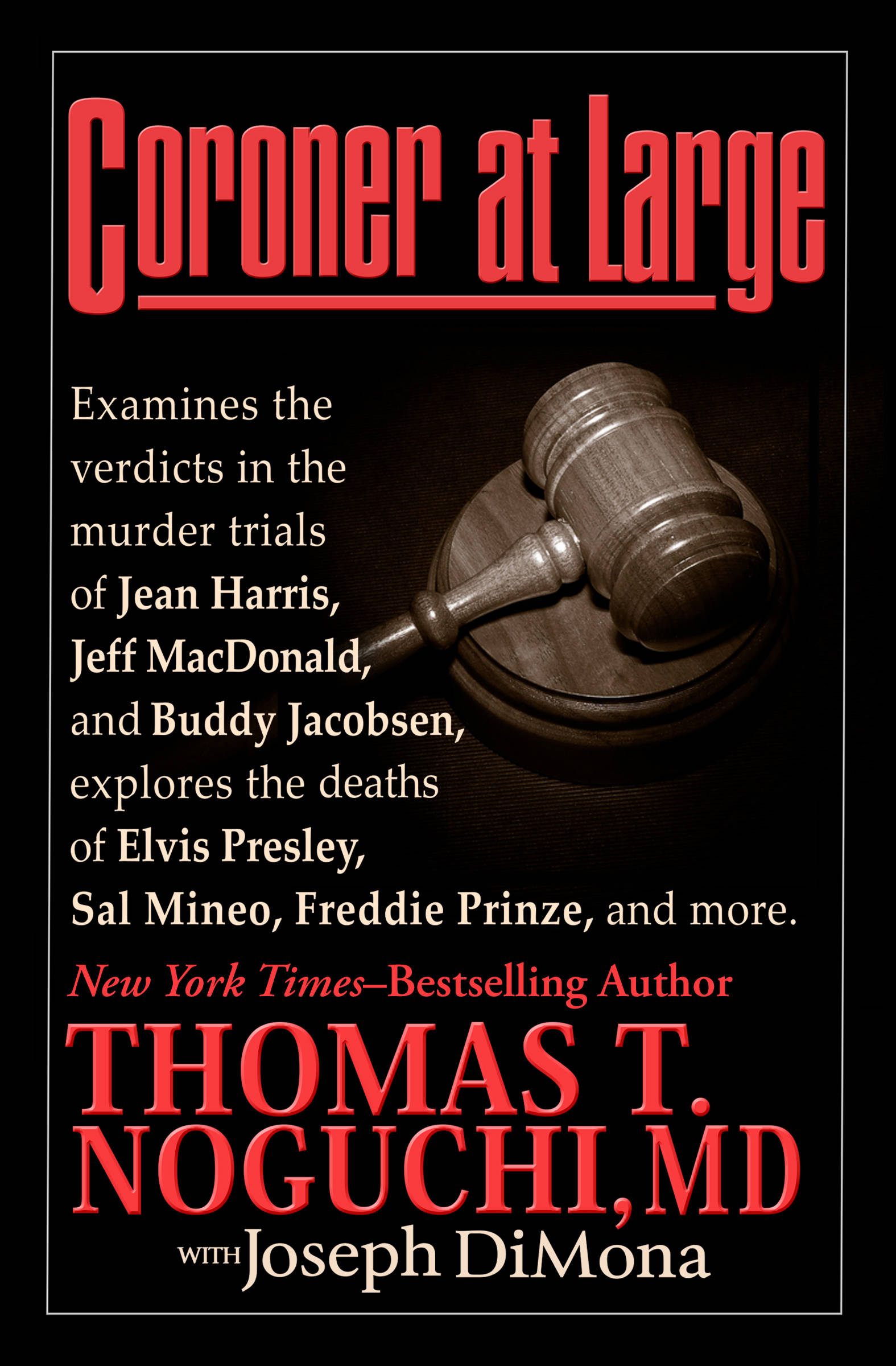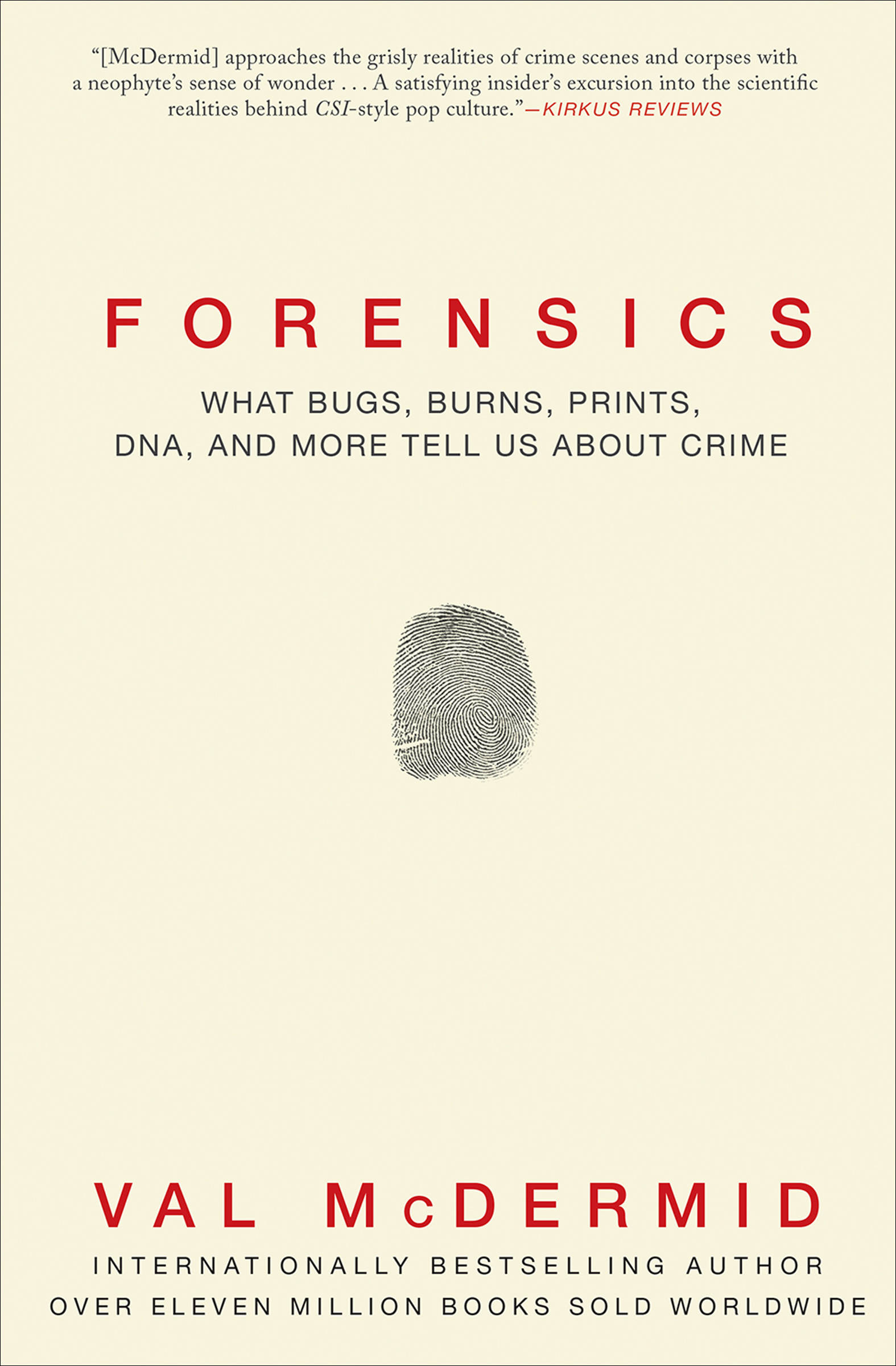Forensic Nurse
Serita Stevens has published many books, from mystery novels to a description of poisonous plants. She also has long been a nurse, and it is that profession that sent her to learn more about what a nurse could do when one of her cases seemed to have a criminal or illegal side. “SleuthRN” on the Web led her to the International Association of Forensic Nurses (IAFN) and that started her off on her specialty as a forensic nurse. She took the courses that gave her training in law and medicine, learning that the number of cases that came under the umbrella of forensic is a great deal larger than she had imagined: if there is any legal aspect at all, forensics play a part. Insurance? Possible liability? Workman’s compensation? All these and more join the more obvious criminal or suspected criminal cases in having “forensic” connotations.
But what does the forensic nurse know and do that other well-trained nurses and even most doctors do not? Recognizing a possible forensic situation is just the beginning. Forensic nurses are trained to know when to bring in law enforcement, how to treat the patient so as to learn the full story, how to present the findings to doctors and detectives. They learn to recognize possible evidence and preserve it properly. They have particular skills in spotting details that are overlooked by those who are without medical knowledge that is coupled with law. A forensic nurse is skillful with special equipment. They photograph evidence, and may find such evasive clues as nearly invisible marks that an automobile’s bumper leaves on the victim’s clothing, and they know how to question a fearful child to get accurate information. They are also trained to give evidence in a court case, since nurses are almost inevitably called upon as the first witness to see the patient when he or she is brought into the emergency room, a requirement that often terrifies someone without experience or training.
In fascinating informal case histories that read like stories in a novel, Stevens describes all these and many more aspects of the forensic nurse’s work. Each individual case looks at the valuable “extras” these nurses bring to their medical specialty. In one case early in the book Stevens even walks us through the necessarily several-hour examination of a young female victim of sexual assault, and every reader will be amazed by the nurse’s techniques, how she uses special equipment to bolster her information, and how thorough the examination must be for an accurate result.
Forensic Nurse is a book that will leave every reader hoping to have this fast-growing medical specialty represented in his or her medical world, always on call if and when it is needed.





